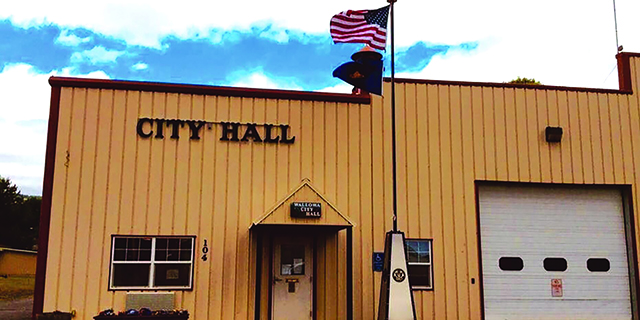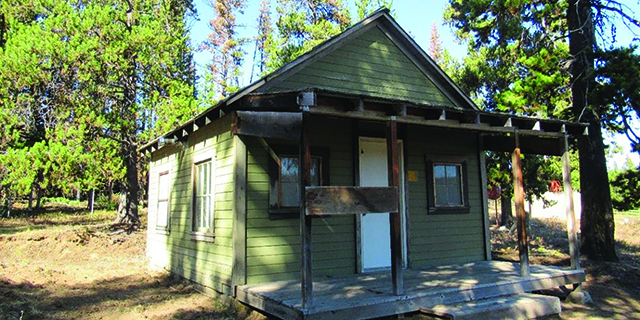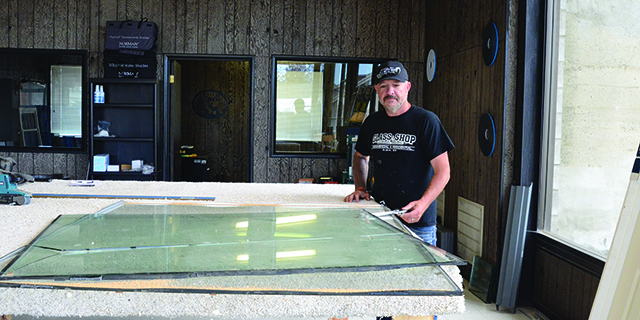Break out the contingency plan
Published 5:00 pm Wednesday, June 30, 2004
Wallowa Lake Dam needs to be replaced. Of that, there can be no doubt. One county official told us that he had seen an engineer lean over, reach under the water and pull out a hunk of soggy concrete with his bare hands.
Wallowa Lake is the center of the area’s tourist economy, a source of income we can’t do without. Without the dam, the level of the lake drops; it’s pretty hard to market the Magnificent Shore Boulders of Wallowa County.
Trending
Worse, Oregon State University computer modeling suggests that as many as two-thirds of the irrigators would lose at least half of their water availablility without the dam. One-third of the currently irrigated acres in the county would just go dry.
Clearly, the dam needs help. The real question is, how will the work be paid for?
With a price tag approaching $8 million just for replacement, there seems to be four options:
Accept money from the federal government through Senate Bill 1355, the Wallowa Lake Dam Rehabilitation and Water Management Act;
The dam owners, Associated Ditch Companies, can take out private loans;
Have the property condemned by the county, and then float a local bond or create a tax district;
Trending
Seek private grant funding for the project.
While we always like to see local solutions to local problems, this particular problem is too large for the community to bear by itself. An $8 million dollar private loan would mean many irrigators would literally have to “bet the farm.”
If the cost is spread out to the 7,000-plus people in the county, every man, woman and child – and a few dogs – in the area would be responsible for over $1,000, albeit spread out over a number of years. Make it more like $3,000 per household (dogs excluded). And that’s just construction cost, not ongoing maintenance.
The answer, in this case, would seem to be SB 1355. The bill – essentially a special grant – maintains private ownership of the dam, allows tribal control of any new fish facilities and secures the continued health of the county’s intergrated irrigation system for decades. It looks like everyone wins.
Unfortunately, it’s doubtful the bill will make it out of the House of Representatives. The Bush administration is against it for reasons of cost to the Bureau of Reclamation, according to a statement made by BOR commissioner John Keys; since this was not in the president’s budget, the BOR wants a schedule of repayment. No free lunch from them.
Opponents of the bill cry about the threat of a government takeover of the Wallowa Valley though the Endangered Species Act. The Klamath Basin situation and the bill’s stipulations for the Wallowa Valley make the comparison of the two like apples and airplanes. But even without a fisheries component, Section 7 of the ESA would be consulted for compliance. Even without federal money involved, if data shows a need, the ESA can be invoked by the feds. The project’s opponents shouldn’t worry about it, though, because for all the good that it would do, the bill will probably not make it out of Congress, even with serious lobbying.
The plan is a decent one and integrates many interests. Maybe private grant funding is available to realize the project or a scaled-down version of it. In any case, for backers of the dam project, it’s probably time to look into a contingency plan.









